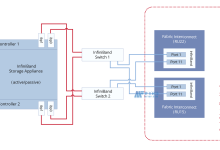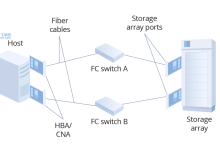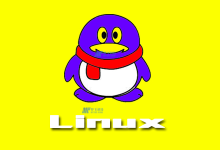Exploring the Features and Benefits of Zebra linux for Modern Computing Needs
Zebra Linux is a free and open-source operating system that is gaining popularity among developers and tech enthusiasts. It is an ideal operating system for modern computing needs due to its unique features and benefits.
Features of Zebra Linux
1. Compatibility: Zebra Linux is compatible with various architectures such as x86, x86-64, and ARM.
2. Lightweight: Zebra Linux is a lightweight operating system which means it requires fewer resources to run without compromising the performance.
3. Security: Zebra Linux is more secure than other operating systems because of its built-in security features. It has a secure boot process and encryption tools that protect the system from any unauthorized access.
4. Customization: Zebra Linux is highly customizable due to its modular structure. Developers can modify the operating system to meet their specific requirements.
5. Stability: Zebra Linux is a stable operating system that offers consistent performance without any crashes or bugs. It has a low memory footprint and streamlined code which ensures stability.
Benefits of Zebra Linux
1. Cost-effective: Zebra Linux is a free and open-source operating system, which means you don’t have to pay for any licensing fees. This makes it more cost-effective than other operating systems.
2. User-friendly: Zebra Linux has a simple and intuitive interface that makes it easy to use. It also provides a range of customization options that allow users to customize the operating system according to their needs.
3. Faster boot time: Zebra Linux has a faster boot time than other operating systems. It takes just a few seconds to start up, which is ideal for users who need to get their work done quickly.
4. Resource-efficient: Zebra Linux is a resource-efficient operating system that runs smoothly on low-end hardware. This makes it ideal for developers who want to work on projects without any lag or slowdowns.
5. Open-source community: Zebra Linux has a vibrant open-source community that offers support and assistance to users. Developers can contribute to the development of the operating system and make it better.
Code Example
Here is an example of how to install Zebra Linux on a virtual machine:
1. Download the Zebra Linux iso file from the official website.
2. Install a virtual machine software such as VirtualBox or VMware on your computer.
3. Create a new virtual machine and select the Zebra Linux iso file as the installation media.
4. Configure the virtual machine settings and start the installation process.
5. Follow the installation wizard to complete the setup.
Conclusion
Zebra Linux is an excellent operating system for modern computing needs. Its lightweight nature, customization options, and built-in security features make it a top choice for developers and tech enthusiasts. The cost-effectiveness and user-friendly interface make it accessible to users of all levels. With a vibrant open-source community, Zebra Linux promises a bright future for the world of computing.

 国外主机测评 - 国外VPS,国外服务器,国外云服务器,测评及优惠码
国外主机测评 - 国外VPS,国外服务器,国外云服务器,测评及优惠码












